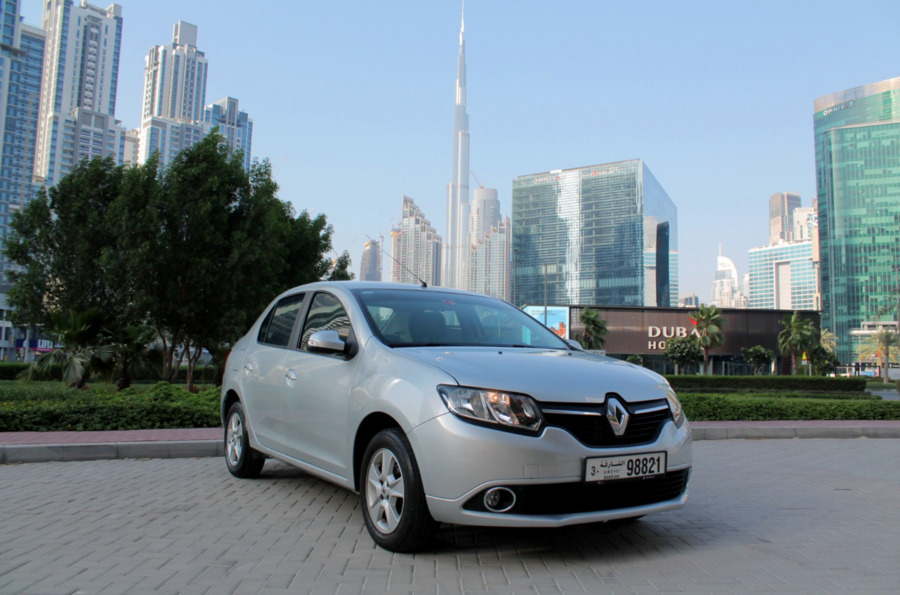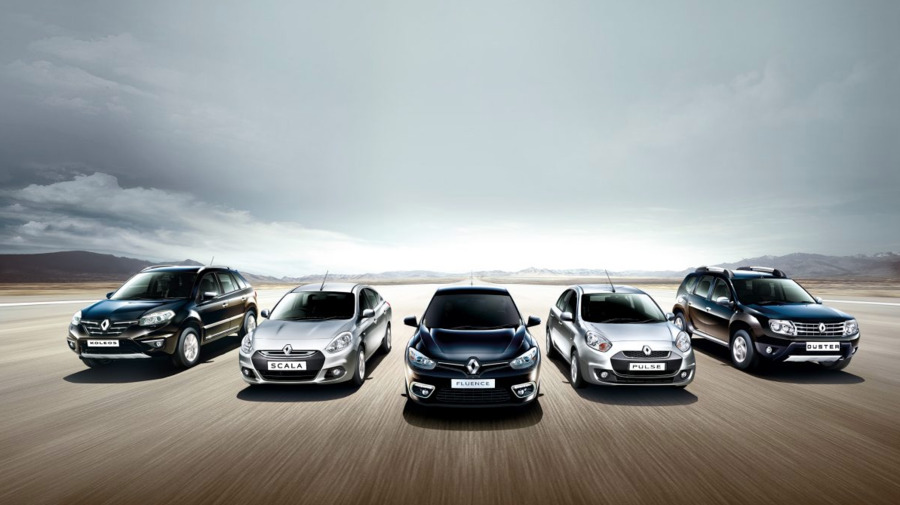The Evolution of Renault: Pioneering Global Automotive Leadership
Renault stands as a bastion of innovation and resilience in the automotive industry. Founded in 1899 by the Renault brothers—Louis, Marcel, and Fernand—the company has journeyed from its modest origins in a small workshop in France to become a significant player on the global stage. This storied evolution is marked by pioneering manufacturing techniques and strategic expansions that have established Renault as a leader in the global automotive market.
Founding and Rapid Expansion
The genesis of Renault in Boulogne-Billancourt, France was modest, with the company’s initial focus on manufacturing the Voiturette 1CV after its successful debut. By 1901, Renault had quickly risen to become the eighth-largest car manufacturer in the world. This early success was amplified in 1905 when Renault secured a substantial order for 250 Renault AG1 cars. This fleet, destined to become taxis in Paris, marked one of the first major commercial fleet sales in automotive history and firmly established Renault’s reputation for manufacturing reliable, affordable vehicles.
Automation and Mass Production
Post-World War I, Renault emerged as a pioneer by initiating the mass production of cars, becoming the first in Europe to embrace such manufacturing methods. This transformative step allowed Renault to produce vehicles on a scale that was previously unattainable, significantly reducing costs and making automobile ownership more accessible to the public. This period also saw Renault introducing new models that would appeal to a broader demographic, further solidifying its market presence.

Global Expansion in the Mid-20th Century
The 1950s were a decade of significant growth and international expansion for Renault. The company began to establish a comprehensive dealer network not just in Europe but also across the United States, paving the way for its introduction to new markets and diversifying its global reach. By the end of the 1950s, these efforts had propelled Renault to become the sixth-largest automaker in the world, showcasing its ability to adapt and thrive in various market conditions.
Strategic Acquisitions and Privatization
During the 1980s, Renault took bold steps to solidify its presence in the North American market through the acquisition of a controlling interest in American Motors. This move, however, came at a time of significant challenges, which led to Renault’s strategic withdrawal from the U.S. market in the 1990s. Instead, Renault shifted focus towards emerging markets, expanding its footprint in China, Turkey, Russia, and Latin America. The 1990s also marked Renault’s transition into a joint-stock company, reflecting a broader trend of privatization with the French government reducing its stake to 45% by 1995.
Forming a Global Alliance
The late 1990s and early 2000s were pivotal for Renault in shaping its future trajectory. The acquisition of a significant stake in Dacia and Nissan allowed Renault to leverage synergies across a wide range of automotive markets and technologies. These partnerships were instrumental in developing new platforms and sharing resources, which enhanced innovation and efficiency across the board. The alliance with Nissan, and later Mitsubishi, created one of the most significant global automotive groups, driving forward with initiatives in electric vehicles and other innovative automotive technologies.
Recent Developments and Innovations
In the 21st century, Renault has continued to innovate and expand its influence in the automotive sector. Strategic acquisitions like the stake in AvtoVAZ in 2008 and the establishment of the Dongfeng Renault joint venture in 2013 have strengthened its position in key markets like Russia and China. These moves, coupled with the milestone of producing the millionth car in its Moscow plant in 2015 and achieving record sales in 2018, underscore Renault’s ongoing commitment to growth and market penetration.
Brand Identity and Consumer Reach
Renault’s branding efforts, particularly the introduction and evolution of its logo, reflect its mission to remain vibrant and relevant in a competitive industry. The rhombus logo, introduced in 1925 and updated in 1972 and again in 1990, has become an iconic symbol of quality and innovation. The latest iteration features a yellow background with the Renault inscription, reinforcing its brand identity in a contemporary marketplace.
Renault Today
Today, Renault continues to innovate, focusing on developing vehicles that are not only affordable but also equipped with the latest technology and safety features. Its range includes everything from robust SUVs suitable for family adventures to compact cars designed for urban environments, all engineered to provide value and efficiency to consumers worldwide.

Renault in Dubai
In Dubai, cheap car for hire services offer an extensive fleet of Renault vehicles to suit every preference. Whether it’s a cross-country drive in a Renault Duster 4×4 for UAE AED 80 per day rental, or an evening drive in a luxurious Renault Koleos Black Limited Edition 2023 for UAE AED 205 per day, with exceptional opportunities to experience the best of what Renault has to offer.
Renault’s journey from humble French manufacturer to global automotive powerhouse is a fascinating story of innovation, strategic expansion and an unwavering commitment to providing affordable and efficient mobility solutions. While continuing to navigate the complexities of today’s automotive landscape, Renault remains committed to advancing automotive technology and expanding its global footprint.
Soccer lover, foodie, ukulelist. Eames fan and screen printer. Let’s chat.
